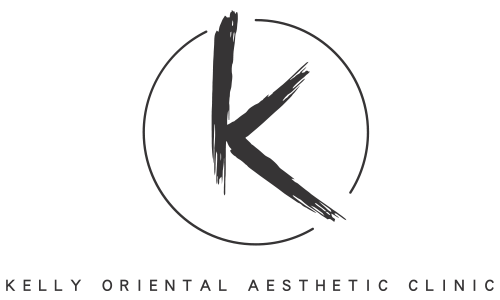01
Melanin Production and Regulation
Melanin is the pigment responsible for the colour of our skin, hair, and eyes. It is produced by specialised cells called melanocytes. The amount and distribution of melanin in the skin are influenced by genetic factors and external influences. In response to various triggers, such as sun exposure, hormonal changes, or inflammation, melanocytes may produce excess melanin in localised areas, resulting in pigmentation spots.
02
Sun Exposure and UV Radiation
Exposure to ultraviolet (UV) radiation from the sun is one of the primary causes of facial pigmentation. When the skin is exposed to UV rays, it triggers the production of melanin as a protective response. This is what gives us a tan. However, in some cases, melanin production becomes uneven, leading to the formation of sunspots, freckles, and other forms of hyperpigmentation. Regular application of a broad-spectrum sunscreen is a fundamental step in caring for our skin and reducing the rate of pigment formation. It is especially important to remember that sunscreen use is relevant indoors (as most interior lighting emit UV radiation) and re-application in the middle of the day is recommended (or every 2 hours if you are out in the direct sunlight.)
03
Hormonal Changes Loss
Hormonal fluctuations, particularly during pregnancy (melasma) or as a result of certain medical conditions, can contribute to the development of facial pigmentation. These hormonal shifts can stimulate melanocytes to produce excess melanin, leading to the appearance of dark patches on the skin. Melasma is a particularly tricky condition to treat, and requires an in-depth analysis of the skin for a wholistic treatment plan. Some treatments include the use of lasers (bonus tip: a gentle laser might be more effective than an apparently strong one when it comes to melasma,) radio-frequency micro-needling, and whitening creams or medications.
04
Inflammation and Post-Inflammatory Hyperpigmentation (PIH)
Inflammation resulting from acne, injuries, or skin conditions can trigger an overproduction of melanin in the affected area. This is known as post-inflammatory hyperpigmentation (PIH). It’s a common concern for individuals with darker skin tones, as the excess melanin can linger even after the initial inflammation has subsided. Judicious use of lasers in the problem areas can lighten the pigments and even out discolouration.
05
Aging and Cellular Turnover
As we age, the rate of cell turnover decreases, and older skin cells can accumulate on the skin’s surface. This can lead to a dull complexion and make pigmentation spots more noticeable. Age- related hormonal changes can also influence the distribution of melanin, contributing to pigmentation issues. Skin boosters are perfect for increasing cellular turnover and maintaining skin health and a glowing complexion.
06
Genetic Predisposition
Genetics can play a role in how susceptible an individual is to developing pigmentation issues. Some people may have a genetic predisposition to hyperpigmentation, making them more likely to develop dark spots in response to certain triggers. There has also been scientific interest in the role of genetics in the development of melasma, suggesting that this condition is multi-factorial and complex.







